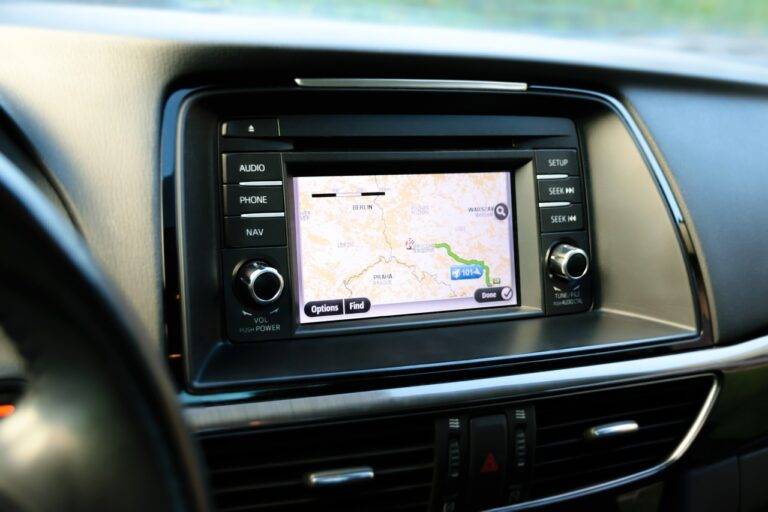The Role of Tech in Wildlife Conservation: Monitoring, Protection, and Anti-Poaching Efforts
Technology plays a pivotal role in enhancing wildlife conservation efforts around the world. With the advancement of drones, satellite imaging, and camera traps, researchers and conservationists can now monitor wildlife populations with greater accuracy and efficiency. These tools help gather valuable data on animal movements, population trends, and habitat usage, providing crucial insights for developing effective conservation strategies.
In addition to monitoring wildlife populations, technology is also instrumental in combating illegal poaching and wildlife trafficking. By utilizing thermal cameras, GPS tracking systems, and smart sensors, authorities can detect and respond to poaching incidents in real-time. Furthermore, the use of DNA analysis and biometric identification technology helps in identifying and prosecuting wildlife traffickers, ultimately deterring future criminal activities.
Innovative Solutions for Monitoring Wildlife Populations
When it comes to monitoring wildlife populations, technology plays a crucial role in providing innovative solutions. One such solution is the use of GPS tracking devices, allowing researchers to track the movements and behaviors of animals in real time. These devices provide valuable data on migration patterns, habitat usage, and social interactions, aiding conservation efforts immensely.
In addition to GPS tracking, camera traps have proven to be another effective tool for monitoring wildlife populations. These motion-activated cameras capture images and videos of animals in their natural habitats, allowing researchers to study their behavior and population dynamics without causing any disturbance. This non-invasive method has revolutionized how we gather data on wildlife, providing insights that were previously difficult to obtain.
Why is technology important in wildlife conservation?
Technology plays a crucial role in wildlife conservation by providing innovative solutions for monitoring and protecting wildlife populations. It allows for more efficient data collection, analysis, and tracking of species, leading to better-informed conservation efforts.
What are some innovative solutions for monitoring wildlife populations?
Some innovative solutions for monitoring wildlife populations include using drones for aerial surveys, camera traps for remote monitoring, GPS tracking devices for tracking animal movements, and acoustic monitoring for studying animal sounds.
How do these solutions help in conservation efforts?
These solutions help in conservation efforts by providing real-time data on wildlife populations, helping to identify population trends, monitor habitat changes, and track individual animals. This information is essential for making informed decisions and implementing effective conservation strategies.
How can individuals contribute to wildlife conservation efforts using technology?
Individuals can contribute to wildlife conservation efforts using technology by participating in citizen science projects, supporting organizations that use technology for conservation, and spreading awareness about the importance of using innovative solutions for monitoring wildlife populations.





